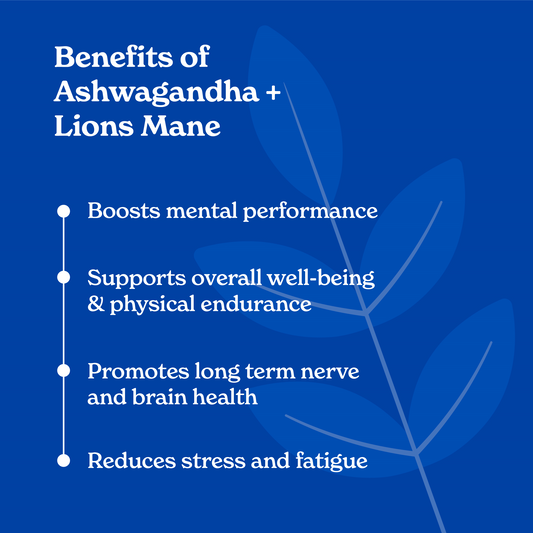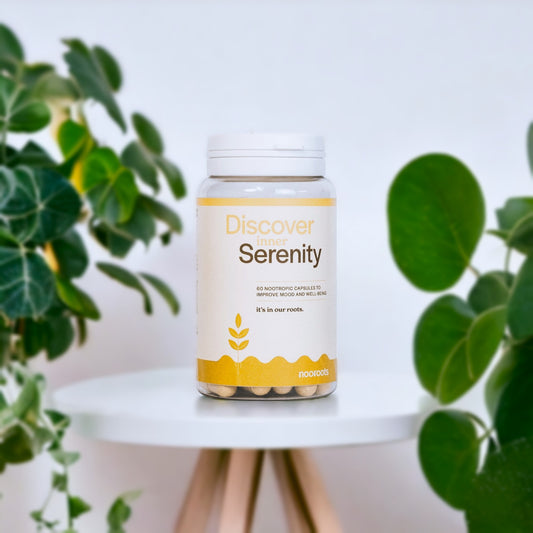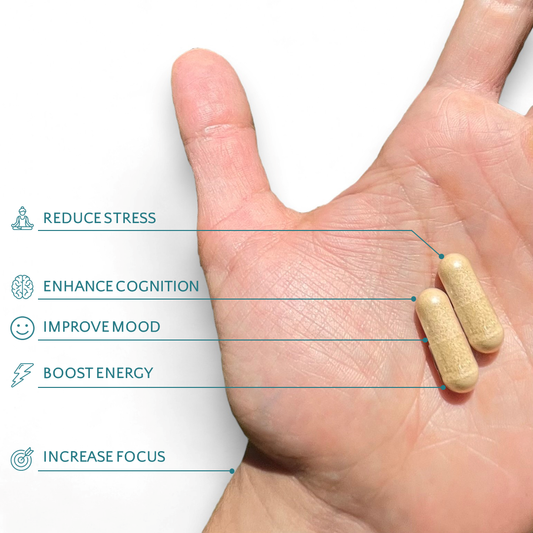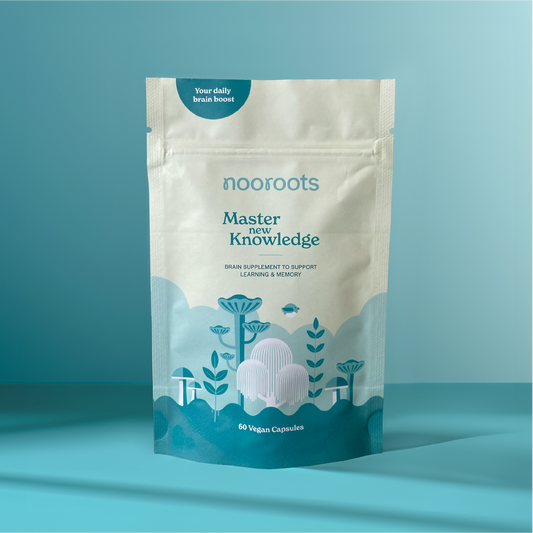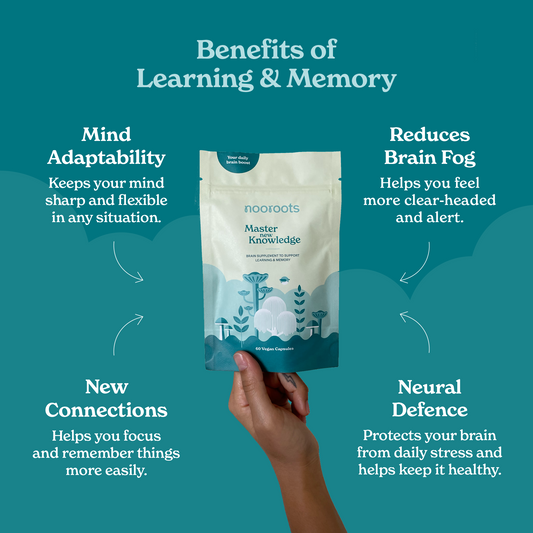About the Author
Daniel was awarded a Master of Science degree from Imperial College London. He is currently completing a PhD in Regenerative Medicine at the Francis Crick Institute.
About the Contributor
Mus was awarded a Master of Science degree in Medical Biotechnology and Business Management from the University of Warwick.
The Californian Gold Rush of 1848 is well known to most of us. Romanticized by the American people as a prelude to the American Dream. Dramatized by Hollywood as a tale of adventure, inspiration and travel. A new incentive, yes. Although this wasn’t the first time the human species embarked on a dangerous journey for wealth and status.
By modern civilized standards, America is the new kid on the block. In 1498, during the age of discovery and before the colonization of the Americas, brave Europeans adventurers sailed across the horizon in pursuit of a new type of mineral wealth.
They journeyed around the Cape of Good Hope and across the Indian Ocean to the vast landmass we know as the Indian subcontinent. After months voyaging at sea, you can only imagine the delight on the sailor’s faces when they first laid their eyes upon the shores of spice lands of the Malabar Coast.
When they came ashore, and tasted the land's natural riches, this handful of Portuguese merchants must of had a vague idea that they was about to kickstart an entirely new industry.
The spice trade was born.
Little did they know at the time but the Black gold rush had also just begun. This new gold? Black Pepper. And everyone wanted a piece of it in Medieval Europe. Historical accounts mention Black Pepper was used to pay rents and taxes! (Disclaimer: do not try to give your landlord a bag of black pepper for rent).
Inside a precious peppercorn is a substance called Piperine. Modern science has found ways to extract Piperine and made remarkable discoveries into its effects on human physiology.
Contents
- What is Piperine?
- Piperine Benefits
- Piperine Mechanism of Action
- Piperine Side Effects
- Recommended Dosages of Piperine
Piperine: A Health Guide to Safe and Effective Supplementation

What is Piperine?
Piperine is an alkaloid that is found in black pepper and is the reason for pepper’s intense flavour!
Piperine has several important roles in the realm of nootropics, both directly and indirectly. Interestingly, Piperine was discovered by Hans Christian Ørsted1 who was also the same person who discovered that electric currents create magnetic fields.
Piperine is a very interesting element as not only does it have neurotropic benefits, but it also makes other neurotropics more bioavailable in the body.
Piperine Benefits
The key benefit of piperine is its ability to increase the bioavailability of other nootropics. This has particularly been seen in turmeric supplementation, whereby piperine can increase its bioavailability by 2000%2!
Apart from this piperine has excellent nootropic abilities providing:
- Neuroprotection: Piperine has been shown to protect against inflammation in the brain due to its antioxidant and anti-inflammatory nature3–5.
- Mood boost: The increase in mood and reduction of depression seen with piperine usage has been compared to that of popular prescription drugs6! It increases the availability of neurotransmitters in the brain, specifically dopamine and serotonin7,8.
Piperine Mechanism of Action
Piperine improves the bioavailability of other nootropics and pharmaceuticals in the body through inhibiting transportation and metabolization of ingested neurotropics9,10.
Basically, piperine stops or slows the metabolism of chemicals which means our body can absorb more of them before they are fully broken down.
Apart from this, piperine is considered to be a powerful antidepressant6,11. It has earned this title due to its ability to substantially increase the amount of serotonin in the brain, particularly to the frontal cortex7. Serotonin is also known as the ‘happy hormone’ and is a huge mood booster!
The neuroprotective properties of piperine are multifactorial in nature. Animal studies have demonstrated that piperine can improve memory impairment and reduce neurodegeneration in the hippocampus when used as a treatment for Alzheimer’s disease3.
It is thought that piperine can reduce and inhibit lipid peroxidation in the brain4. Lipid peroxidation is a chain of reactions where cells are damaged by free radicals “stealing” electrons from the lipids in their cell membranes12.
Piperine Side Effects
Piperine is considered non-toxic and safe to take at a wide range of doses. It can increase the absorption and therefore effects of other nutrients or medications, this should be taken into consideration when taking it.
Recommended Dosages of Piperine
There is no set Nutrient Reference Value (NRV) or Safe Upper Limit (SUL) for Piperine. Unlike vitamin and minerals, Governments typically do not establish recommended daily guidelines for plant extracts.
Scientific and clinical research has outlined appropriate guidelines.
Current European legislation does not impose any restrictions on the maximum level of Piperine that can be used in a product13. A 2022, review of Piperine proposed the maximum threshold toxicity (defined as the maximum exposure when toxicity does not occur) to be at 50mg per kg body weight per day14. For context, for a 70kg adult, that is a maximum daily amount of 3,500 mg.
Remember: if you are intaking a supplement in a product or in combination with other vitamins, minerals or plant extracts, then typically lower doses are sufficient to realize the desired benefits.
Learn More About NRV and SUL
The NRV and SUL are two values assigned to vitamins and minerals that are designed to provide guidance on how much of a specific nutrient can be consumed.
NRV can be defined as the amount of a specific nutrient needed to adequately meet known nutritional deficiencies. Whereas the SUL is the highest level of nutrient intake that is likely to pose no risk of bad health effects for almost all individuals in the general population.
It is very safe to consume levels of nutrients greater than the NRV as long as the intake is below the SUL.
At nooroots, we take both these values into consideration when performing research and product development. We work with our scientists and partners to select a nutrient level that is both safe and effective.
Conclusion
It’s strange and funny how human perception of luxury changes throughout the ages. Today, most of us do not have to travel further than the local super market to get Black Pepper. But pre-fifteenth century, before it became a seasoning for the masses, Black Pepper was a sign of wealth and status. A form of Black Gold.
Piperine can be extracted from Black Pepper. Scientists have studied this extract in detail and found its main benefits to include: boosting bio-availability of other compounds, protecting brain cells against inflammation, and supporting a positive mood through increase sensitivity to feel good brain chemicals.
Piperine is considered non-toxic and safe to consume at a wide range of doses.
For those interested in taking the first step, our Learning & Memory Nootropic Supplement at Nooroots offers a carefully formulated introduction to the world of cognitive enhancement—crafted to support both clarity of mind and balance of mood.
Learn more about the other vitamins, minerals and plant extracts we use to give your brain a daily boost
Evidence
- Ørsted HC. Journal für Chemie und Physik. Schrag’schen Buchhnadlung; 1820.
- Shoba G, Joy D, Joseph T, Majeed M, Rajendran R, Srinivas PS. Influence of piperine on the pharmacokinetics of curcumin in animals and human volunteers. Planta Med. 1998;64(4):353-356. doi:10.1055/s-2006-957450
- Chonpathompikunlert P, Wattanathorn J, Muchimapura S. Piperine, the main alkaloid of Thai black pepper, protects against neurodegeneration and cognitive impairment in animal model of cognitive deficit like condition of Alzheimer’s disease. Food Chem Toxicol Int J Publ Br Ind Biol Res Assoc. 2010;48(3):798-802. doi:10.1016/j.fct.2009.12.009
- Rinwa P, Kumar A. Piperine potentiates the protective effects of curcumin against chronic unpredictable stress-induced cognitive impairment and oxidative damage in mice. Brain Res. 2012;1488:38-50. doi:10.1016/j.brainres.2012.10.002
- Mujumdar AM, Dhuley JN, Deshmukh VK, Raman PH, Naik SR. Anti-Inflammatory Activity of Piperine. Jpn J Med Sci Biol. 1990;43(3):95-100. doi:10.7883/yoken1952.43.95
- Lee SA, Hong SS, Han XH, et al. Piperine from the fruits of Piper longum with inhibitory effect on monoamine oxidase and antidepressant-like activity. Chem Pharm Bull (Tokyo). 2005;53(7):832-835. doi:10.1248/cpb.53.832
- Mori A, Kabuto H, Pei YQ. Effects of piperine on convulsions and on brain serotonin and catecholamine levels in E1 mice. Neurochem Res. 1985;10(9):1269-1275. doi:10.1007/BF00964845
- Mao QQ, Xian YF, Ip SP, Che CT. Involvement of serotonergic system in the antidepressant-like effect of piperine. Prog Neuropsychopharmacol Biol Psychiatry. 2011;35(4):1144-1147. doi:10.1016/j.pnpbp.2011.03.017
- Srinivasan K. Black Pepper and its Pungent Principle-Piperine: A Review of Diverse Physiological Effects. Crit Rev Food Sci Nutr. 2007;47(8):735-748. doi:10.1080/10408390601062054
- Atal CK, Dubey RK, Singh J. Biochemical basis of enhanced drug bioavailability by piperine: evidence that piperine is a potent inhibitor of drug metabolism. J Pharmacol Exp Ther. 1985;232(1):258-262.
- Huang W, Chen Z, Wang Q, et al. Piperine potentiates the antidepressant-like effect of trans-resveratrol: involvement of monoaminergic system. Metab Brain Dis. 2013;28(4):585-595. doi:10.1007/s11011-013-9426-y
- Ayala A, Muñoz MF, Argüelles S. Lipid Peroxidation: Production, Metabolism, and Signaling Mechanisms of Malondialdehyde and 4-Hydroxy-2-Nonenal. Oxid Med Cell Longev. 2014;2014:360438. doi:10.1155/2014/360438
-
Ziegenhagen, R. et al. (2021) ‘Safety Aspects of the Use of Isolated Piperine Ingested as a Bolus’, Foods, 10(9), p. 2121. Available at: https://doi.org/10.3390/foods10092121.
-
Tripathi, A.K., Ray, A.K. and Mishra, S.K. (2022) ‘Molecular and pharmacological aspects of piperine as a potential molecule for disease prevention and management: evidence from clinical trials’, Beni-Suef University Journal of Basic and Applied Sciences, 11(1). Available at: https://doi.org/10.1186/s43088-022-00196-1.



